Ford Transit Is America's Best-Selling Van, Minivans Included
The Ford Transit was America’s best-selling van in March 2016 and the first-quarter of 2016, full stop.
Not just the best-selling full-size commercial van. Not just the best-selling commercial van overall. The Ford Transit was America’s best-selling van, besting all of its direct rivals as well as each and every minivan.
Much has been made of the all-American Ford Mustang’s one-month stand in Germany. Even if the Mustang’s “Best-Selling Sports Car In Germany” status is only temporarily grasped, it certainly was a noteworthy turn of events. Meanwhile, Ford of Europe’s long-running commercial van, now Americanized, is dominating on our side of the Atlantic.
Ford accomplished this feat on the strength of the Transit’s ever-increasing volume, not because of particularly poor minivan sales. Year-over-year, U.S. sales of seven people carriers (Town & Country, Grand Caravan, Odyssey, Sedona, Mazda5, Quest, Sienna) jumped 30 percent to 143,482 units in the first-quarter of 2016. Compared with the first-quarter of 2014, sales are up 14 percent. Compared with the first-quarter of 2013, minivan sales are up 20 percent.
By the standards of recent history, minivan sales are healthy. Fiat Chrysler Automobiles is clearing out Town & Countrys and Grand Caravans in the lead-up to the Pacifica’s launch. Kia Sedona volume continues to grow faster than the minivan sector. Honda Odyssey sales are up, albeit modestly. The Nissan Quest remains uncommon, but year-over-year sales more than doubled in the first-quarter.
Meanwhile, sales of the Toyota Sienna, America’s top-selling individual minivan nameplate in early 2016, are up 6 percent to 34,529 units. Sienna sales are on track to rise to a 10-year high in 2016.
But by overcoming a number of minivans which are steadily improving, the Ford Transit is doing what no commercial van has done on an annual basis since 2011. At that time, the Ford E-Series narrowly outsold the Sienna, Odyssey, Grand Caravan, Odyssey, and Town & Country as the top-selling vans bickered amongst themselves in a hard-fought minivan sales race. (Keep in mind, Ford continues to market the E-Series, largely in cutaway form, while the Transit chassis cab/cutaway is, as of yet, not a huge part of the Transit equation.)
There are reasons Ford can flex the Transit’s muscles to produce 36,022 first-quarter U.S. sales. There are cargo and passenger variants, three roof heights, three wheelbases, and three engines – 58 combinations in total.
Toyota USA sells the Sienna with front or all-wheel-drive, seven or eight-passenger seating, one powerplant, and five trim levels.
The point is not merely that Ford can sell more Transits than Toyota can sell Siennas. Surely that wasn’t one of the goals for Ford’s product development team when it determined to bring the next-gen Transit to North America. The two categories in which vans compete aren’t even targeting the same buyer. There are plumbers and painters on the one hand, Pamelas and Peters on the other.
The Transit is, however, emblematic of a booming commercial van market. And the fact that Ford can sell more commercial vans than Toyota can minivans helps to make the point.
Sales of full-size commercial vans are up 26 percent so far this year, a gain of nearly 18,000 units in an overall new vehicle market that has expanded by slightly more than 3 percent. Ford, with the Transit and E-Series – which is down 9 percent this year but still outsells the Ram ProMaster, Mercedes-Benz Sprinter, Nissan NV, and GMC Savana – command 57 percent of the full-size market.
Small commercial van growth, at 17 percent year-over-year, is impressive, but the smaller Ford Transit Connect’s 11-percent year-to-date drop (including a 26-percent dive in March) has come about with increasing strength from a handful of competitors. Just four years ago, the Transit Connect was left to its own devices, essentially fending off the odd Ram Cargo Van microaggression. Now, the Transit Connect’s potential rivals include the Nissan NV200, the Nissan’s Chevrolet City Express twin, the Ram ProMaster City, and the Mercedes-Benz Metris. Together, those rivals claim 58 percent of a small commercial van market that recently belonged exclusively to Ford.
Combined, a dozen commercial-oriented vans attracted 109,000 new owners in the first three months of 2016. Minivan sales rose 30 percent to 143,482 units during the same period, as the Chrysler Town & Country and its Dodge Grand Caravan twin produced a Sienna-besting 65,328 sales, 6,590 more sales than Ford’s three-pronged van/chassis cab lineup.
The Mustang is clearly Ford’s headline maker. But the Transit, F-Series, and Blue Oval utilities are proof Ford knows how to shake its money-maker.
[Images: Ford & Toyota]
Timothy Cain is the founder of GoodCarBadCar.net, which obsesses over the free and frequent publication of U.S. and Canadian auto sales figures. Follow on Twitter @goodcarbadcar and on Facebook.
More by Timothy Cain
Latest Car Reviews
Read moreLatest Product Reviews
Read moreRecent Comments
- ToolGuy Why would they change the grille?
- Oberkanone Nissan proved it can skillfully put new frosting on an old cake with Frontier and Z. Yet, Nissan dealers are so broken they are not good at selling the Frontier. Z production is so minimal I've yet to see one. Could Nissan boost sales? Sure. I've heard Nissan plans to regain share at the low end of the market. Kicks, Versa and lower priced trims of their mainstream SUV's. I just don't see dealerships being motivated to support this effort. Nissan is just about as exciting and compelling as a CVT.
- ToolGuy Anyone who knows, is this the (preliminary) work of the Ford Skunk Works?
- Kwik_Shift_Pro4X I will drive my Frontier into the ground, but for a daily, I'd go with a perfectly fine Versa SR or Mazda3.
- Zerofoo The green arguments for EVs here are interesting...lithium, cobalt and nickel mines are some of the most polluting things on this planet - even more so when they are operated in 3rd world countries.

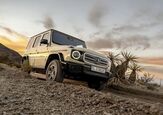
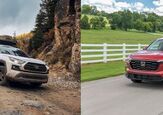
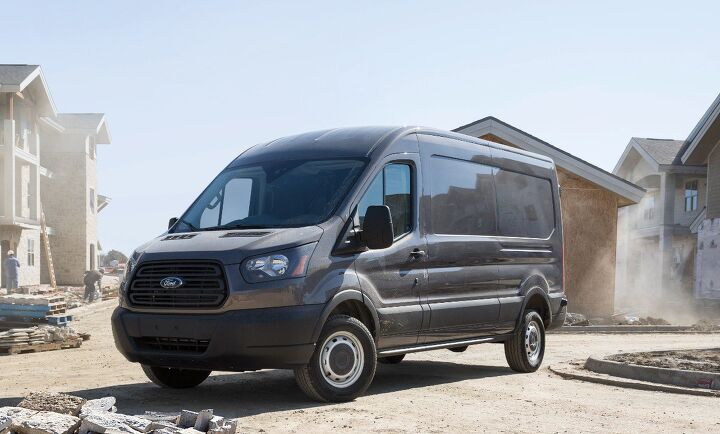
















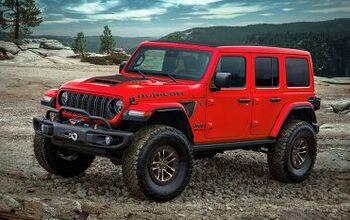
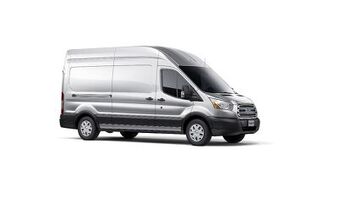
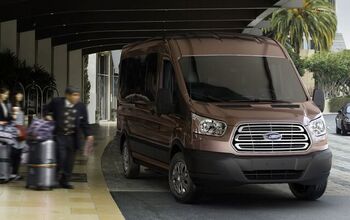
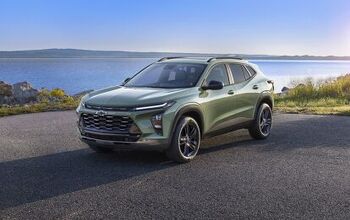


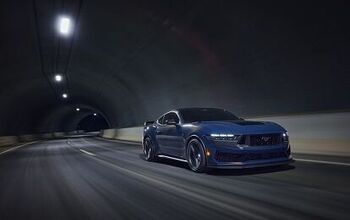

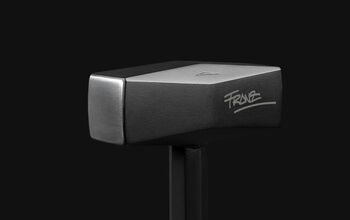
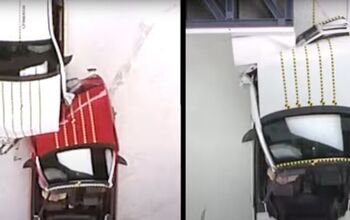
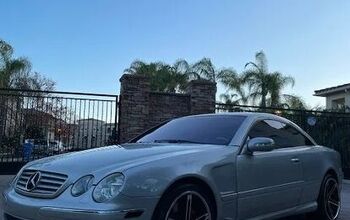
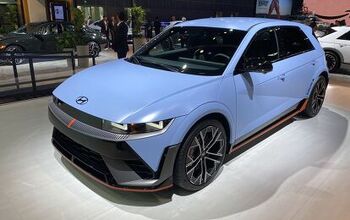

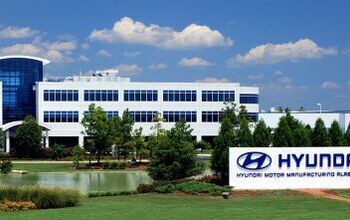
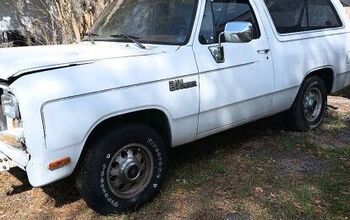

Comments
Join the conversation
Congratulations Ford. Myself, I thought they wouldn't sell well, but as a stockholder I'm glad I was way wrong!
Barely see any transits on the road in Ontario, where Sprinters still seem to dominate the van market. The only transit connects I see are run by Canada post. We've had multiple Transits and Connects on the lot at the Ford dealer I work at and the only time they ever leave is if they're dealer traded. And we sold a used one once in the past 6 months..